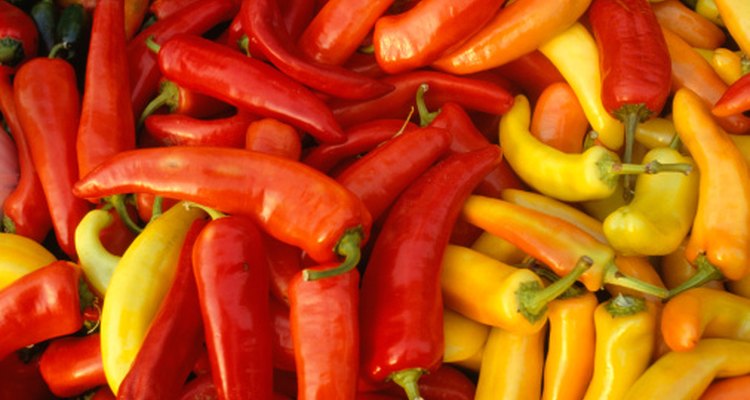
Capsaicin is the naturally occurring chemical in chile peppers. It provides the kick that fires up chili, salsas, barbecue sauces and other spicy culinary endeavors. While most peppers contain this element, different varieties contain different severities of heat. A cook has to learn how to choose and use peppers based on their capsaicin content.
Capsaicin Facts
Found in nearly every member of the genus Capsicum, capsaicin may have evolved as a natural defense so critters would not eat them into oblivion. Most of the peppers, commonly referred to as chili peppers, contain at least trace amounts of capsaicin. The common bell pepper is the only member of the Capsicum family that contains little or no capsaicin, which accounts for its sweet, mild and decidedly cool taste. As of May, 2011 the hottest chili pepper on record is the Bhut Jolokia, or "Ghost Pepper."
The Scoville Scale
In the early 1900s, Wilbur Scoville began experimenting with capsaicin and devised a heat scale to rate chili peppers. Pure capsaicin tops the scale with 15 to 16 million units. The aforementioned ghost pepper comes in at about 1 million units. Cooks looking to add considerable fire to their foods may start with jalapenos at around 2,500 units and then move up the scale with the serrano or chipotle, which rate between 10,000 and 23,000 units. Tabasco peppers are next at around 30,000. Habaneros or Scotch bonnets rate between 100,000 and 350,000 units.
Other Varieties
The jalapeno and habanero peppers are household names, but many more capsaicin-heavy peppers exist. The pequin, guajillo, chiltepin, datil and aji peppers offer a range of choices from the pepper family for those who appreciate experimentation. Large, milder peppers such as the anaheim and poblano make good stuffing shells for appetizers or main dishes. Hotter peppers need to be used cautiously as their heat content will spread throughout the dish.
Considerations
The capsaicin oils contained in pepper can be irritating if they get near your eyes or nose. Wear latex gloves when cutting chili peppers. For extra precaution, thoroughly wash your hands, and the cutting area, with warm, soapy water when you're finished with the preparation. If the heat becomes overwhelming during the meal, don't try to quench it with water. Water will not have much of a cooling effect against the oil-based capsaicin heat. Keep a dairy product on hand, such as a glass of milk, to counter the heat of the capsaicin.
Related Articles
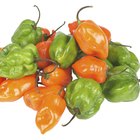
Can I Eat the Seeds of a Habanero ...

Does Fire Roasting a Jalapeno Make It ...
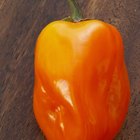
How Much Hotter Is a Habanero Than a ...
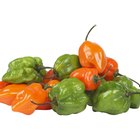
Does Cooking a Habanero Pepper Make It ...
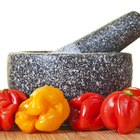
Substitutes for Scotch Bonnet

What Is Chipotle Seasoning?
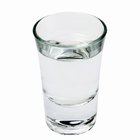
How to Infuse Vodka With Jalapenos
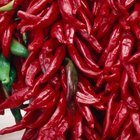
Chinese Hot Pepper Types
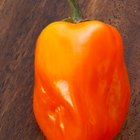
How to Grind Habanero Peppers
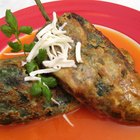
Nutrition Facts for Cooked Poblano ...
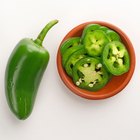
Solutions for Too Much Heat in a ...
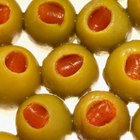
How to Cook Pimentos
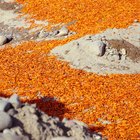
Peruvian Cooking Spices

Ancho Chili Powder Vs. Chili Powder
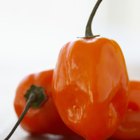
How to Cook Habaneros

How to Pickle Peppers in Small Batches
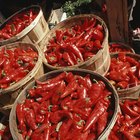
Health Benefits of Hot Peppers

Facts About the Jalapeno Pepper
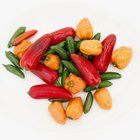
Hot Pepper Oil & Skin Burn
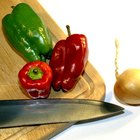
The Best Pepper Plants for Salsa
Writer Bio
Nikki Jardin began freelance writing in 2009 and focuses on food and travel articles. She has been a professional cook and caterer for more than 20 years. She holds a degree in environmental science from Humboldt State University.
Photo Credits
Paul Katz/Photodisc/Getty Images